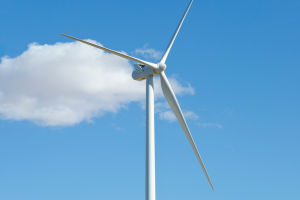Offshore drilling platforms are among the most important infrastructures in the modern oil and gas industry.
Their existence enables the extraction of vast amounts of fossil fuels from the depths of the ocean, supporting global economic development and energy supply.
However, behind these platforms lies not only advanced technology and complex engineering but also significant environmental issues.
Offshore drilling platforms are complex structures designed to drill for and extract oil and gas reserves located deep beneath the sea. They can be classified into various types, including fixed platforms, semi-submersible platforms, floating drilling vessels, and jack-up platforms.
Fixed platforms are typically built in shallow waters and are anchored to the seabed by steel structures or concrete pillars. On the other hand, semi-submersible platforms and floating drilling vessels are better suited for deep and ultra-deepwater environments.
These platforms remain stable in the water using anchors or dynamic positioning systems and can withstand harsh marine conditions. Jack-up platforms, with leg-like structures, are raised above the water's surface to avoid the effects of waves and tides.
These platforms perform critical functions in the oil and gas extraction process. Firstly, they must conduct accurate drilling operations on the seabed, driving the drill bit thousands of meters deep until it reaches the oil and gas reservoir.
The drilling process involves substantial changes in pressure and temperature, requiring the drilling equipment to have extremely high tolerance.
In addition to drilling, these platforms are responsible for transporting oil and gas to shore, either through underwater pipelines or by storing it in facilities for further processing and refining.
Furthermore, these platforms support various auxiliary facilities and personnel, including living quarters, helipads, equipment maintenance rooms, and control centers to ensure continuous, long-term operation.
However, offshore drilling platforms are not just technical marvels; they also face enormous environmental and safety challenges. One of the primary concerns is the risk of oil and gas leaks during drilling, which is a major global issue.
A notable example is the 2010 Deepwater Horizon disaster in the Gulf of Mexico. The explosion of the BP-owned platform led to millions of barrels of crude oil spilling into the ocean, causing an environmental catastrophe.
Oil and gas leaks can have devastating effects on marine ecosystems and threaten local fisheries and tourism industries. Additionally, offshore platforms are vulnerable to natural disasters like hurricanes and earthquakes.
These extreme weather and geological events can cause structural damage or even destruction of platforms, leading to environmental disasters and loss of life.
To address these challenges, oil companies and regulatory authorities have continuously improved platform design and operational standards. Modern platforms are equipped with advanced monitoring and control systems that can detect equipment status and environmental changes in real time.
Moreover, they are often fitted with multi-layered spill prevention systems to reduce the risk of oil and gas leaks. While these technological measures help minimize the likelihood of accidents, they cannot eliminate the risks, especially in extreme marine environments.
As technology advances and global demand for energy increases, future offshore drilling platforms are likely to become smarter and more environmentally friendly.
Despite the efforts to enhance safety and efficiency, offshore drilling remains a symbol of modern industrial civilization, balancing the need for energy with the responsibility of protecting the environment.


